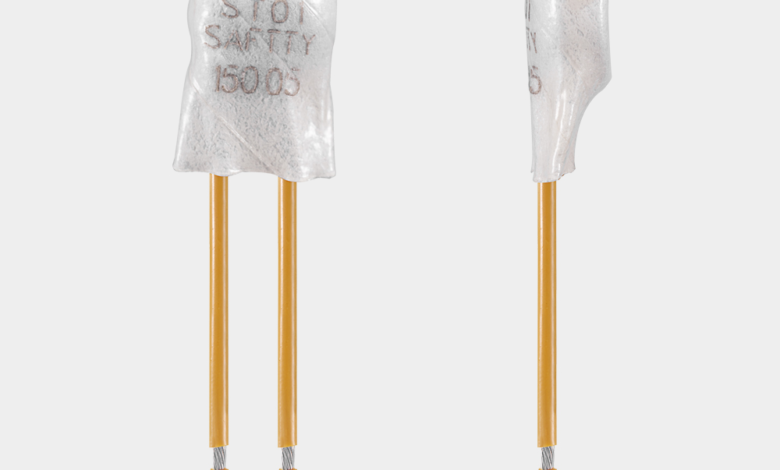News
Installation Considerations For Better Thermal Protection

We need to be mindful of several installation considerations to provide better thermal protection for our equipment. In this post, I will go over five considerations from Saftty that can make all the difference in ensuring that our equipment is not damaged by excessive heat.
Installation considerations provide better thermal protection for your equipment
- When bending the lead wire, it should be bent from the part more than 6 mm away from the root; when bending, the root and lead wire must not be damaged, and the lead wire must not be forcibly pulled, pressed, or twisted.
- When the thermal protector is fixed by screws, riveting or binding posts, it should be able to prevent mechanical creep and poor contact.
- Connecting parts should be able to work reliably within the working range of electrical products without displacement due to vibration and impact.
- When welding the lead wire, the heating humidity should be limited to the minimum, and attention should be paid not to apply high temperature to the thermal fuse; do not forcibly pull, press, or twist the thermal fuse and the lead wire; after welding, it should be cooled for more than 30 seconds immediately.
- The thermal protector can only be used under the conditions of the specified rated voltage, current and specified temperature, and special attention should be paid to the maximum continuous temperature that the thermal fuse can withstand. Remarks: Nominal current, lead length and temperature can be designed according to the customer’s requirements.
Conclusion
There are a number of factors to consider when installing thermal protectors, and each one can play a role in how effective the protection is. By taking the time to consider all of these factors, you can ensure that your Saftty thermal protector is installed correctly and will be able to provide the best possible performance.




